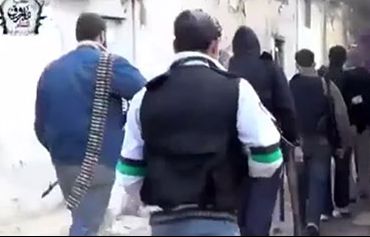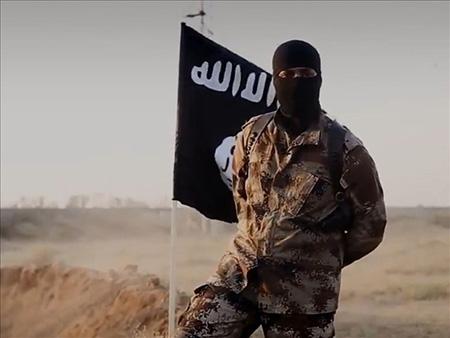The continuation of civil conflicts scattered in the Syrian and Iraqi Middle East increasingly separates the already physiological division between Sunnis and Shiites, thus threatening the stability of the region and fueling the constant flow of foreign volunteers: Syria and Iraq are turning into a true and proper own terrorist factory.
The main recruiters are within the two jihadist regional groups: al-Qaeda and ISIS.
Already in the past we have witnessed the use of non-native subjects for attempts at attacks, examples offered by the Yemeni cells affiliated to the Usama Bin Laden group. The Anglo-Saxon services have warned that a Syrian nucleus near al-Qaeda would be trying to recruit foreign fighters to carry out new attacks in the West.
On the other hand ISIS is concerned with expanding and defending the conquered territory, attracting foreign recruits, most of them coming from the west, and not only exhorting their western supporters to carry out terrorist attacks in their countries of origin. The continuous performances shown to the world via video are not placed in this panorama aimed at generating a high degree of reliability, end to recruitment.
The plan to reconquer Iraqi and Syrian cities now in the hands of Islamic fundamentalists will certainly be long and bloody, could even turn into a real massacre allowing an escape of subjects who would become uncontrollable more than they can already be today. Some of them could therefore join other jihadist fronts such as those of Libya, Yemen, Afghanistan or the Caucasus; those of Western origin will reasonably find shelter in their homes of origin where they could take revenge actions.
Today, the problem we are facing is that of controlling the continuous flow of our citizens who come from or leave for Syria and Iraq, thus intercepting possible affiliates capable of carrying out terrorist acts. This, even if not on a large scale, has in any case occurred in Europe.
 To date, the number of jihadist recruits still appears to be a manageable security threat, although this number is growing. The danger is also represented by having to face the threat of action perpetrated by subjects who are inspired by Islamic fundamentalism even if they can not economically sustain a trip to those territories.
To date, the number of jihadist recruits still appears to be a manageable security threat, although this number is growing. The danger is also represented by having to face the threat of action perpetrated by subjects who are inspired by Islamic fundamentalism even if they can not economically sustain a trip to those territories.
The ability of ISIS to conduct effective advertising on social networks has been impressive. Nevertheless, the attacks in the West are only dreadful and ineffective: there is still no evidence of an attack project, even if the recent attacks on Western tourists Tunisia and the explosions in Shiite mosques in Yemen, both claimed by ISIS.
From the second half of the 2013, the jihad has been distracted by the internal schism between the al-Qaeda supporters and those of the Islamic State, a competition that continues today. The conflict between the two factions has strengthened in Syria but these internal divisions have not prevented the spread of the jihadist ideology.
Today some groups remain faithful to the leadership of al-Qaeda, others have merged into ISIS, others still remain in an imaginary limbo. Despite this, the feud between these two terrorist groups has little relevance outside the war zones. This split could reasonably lead to competition between the two Islamic wings to end celebrating more relevant attacks on issues of mere advertising. In recent times ISIS, through its actions and communications, has amplified the original message of al-Qaeda.
The most likely threat to Italian national security resides in homemade terrorists capable of carrying out unsophisticated yet lethal attacks: the January events in Paris and this month at the museum in Tunisia, are a strong reminder of the fact that a single armed man is enough to cause a massacre.












